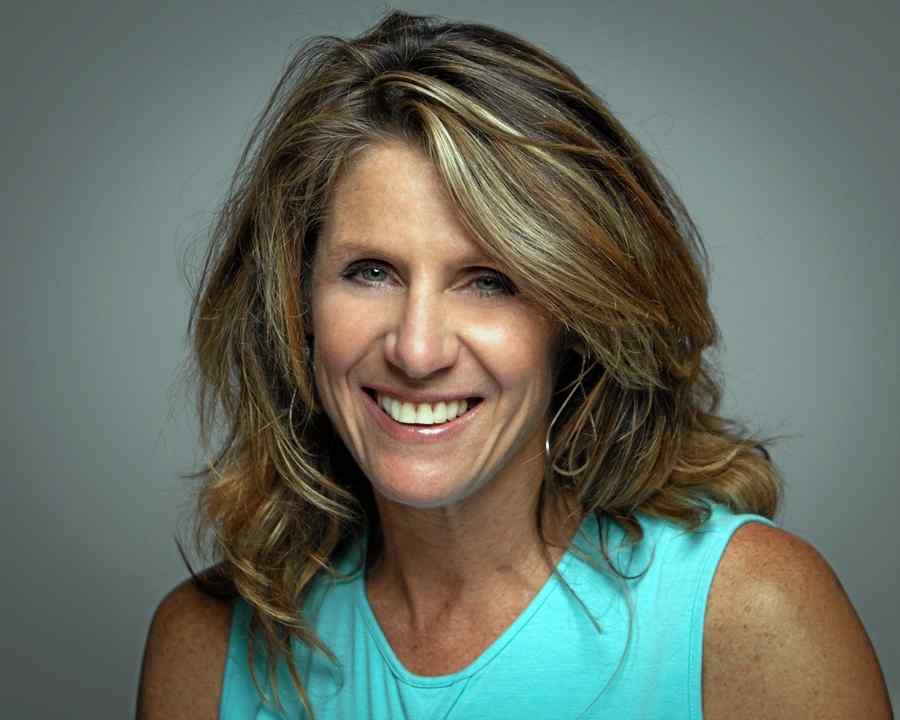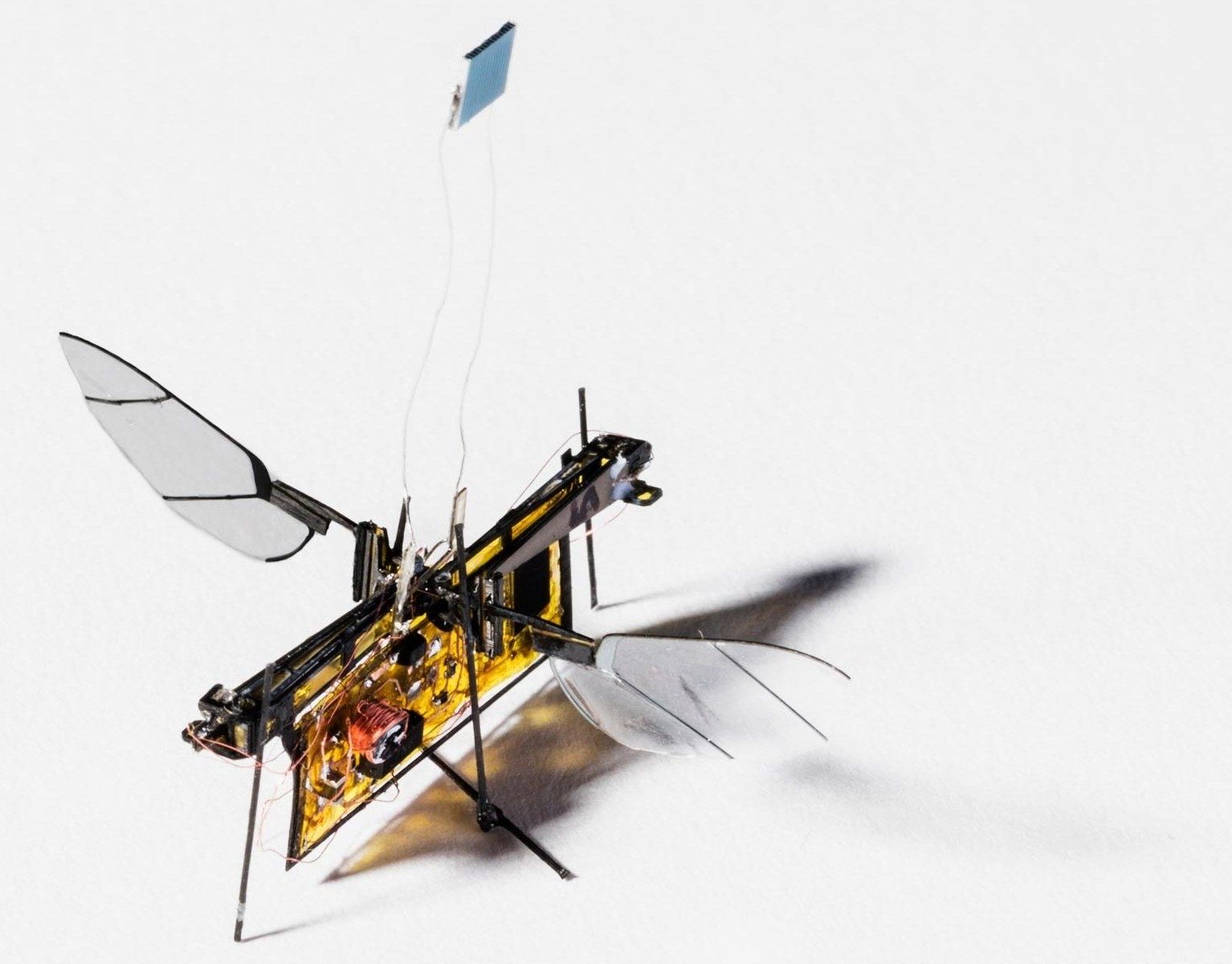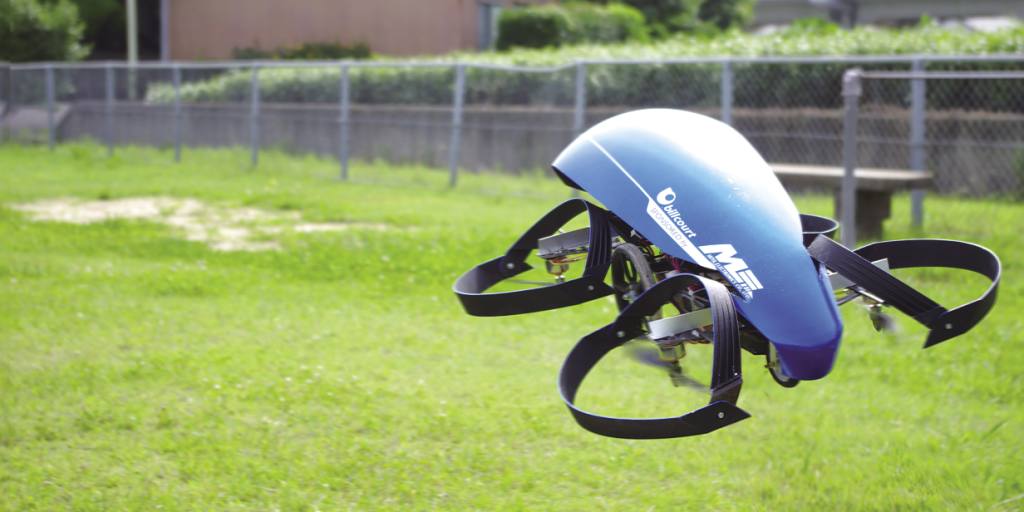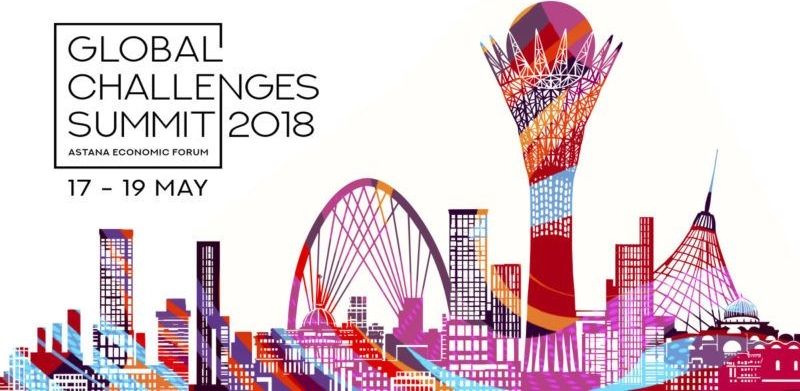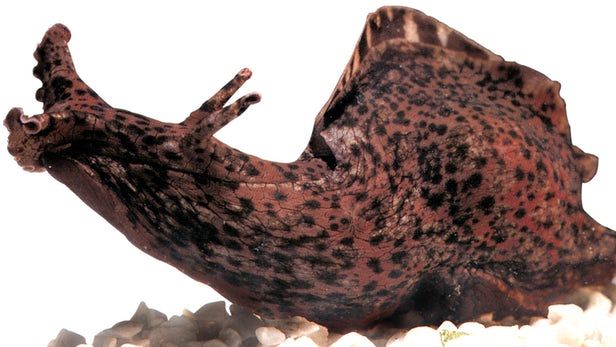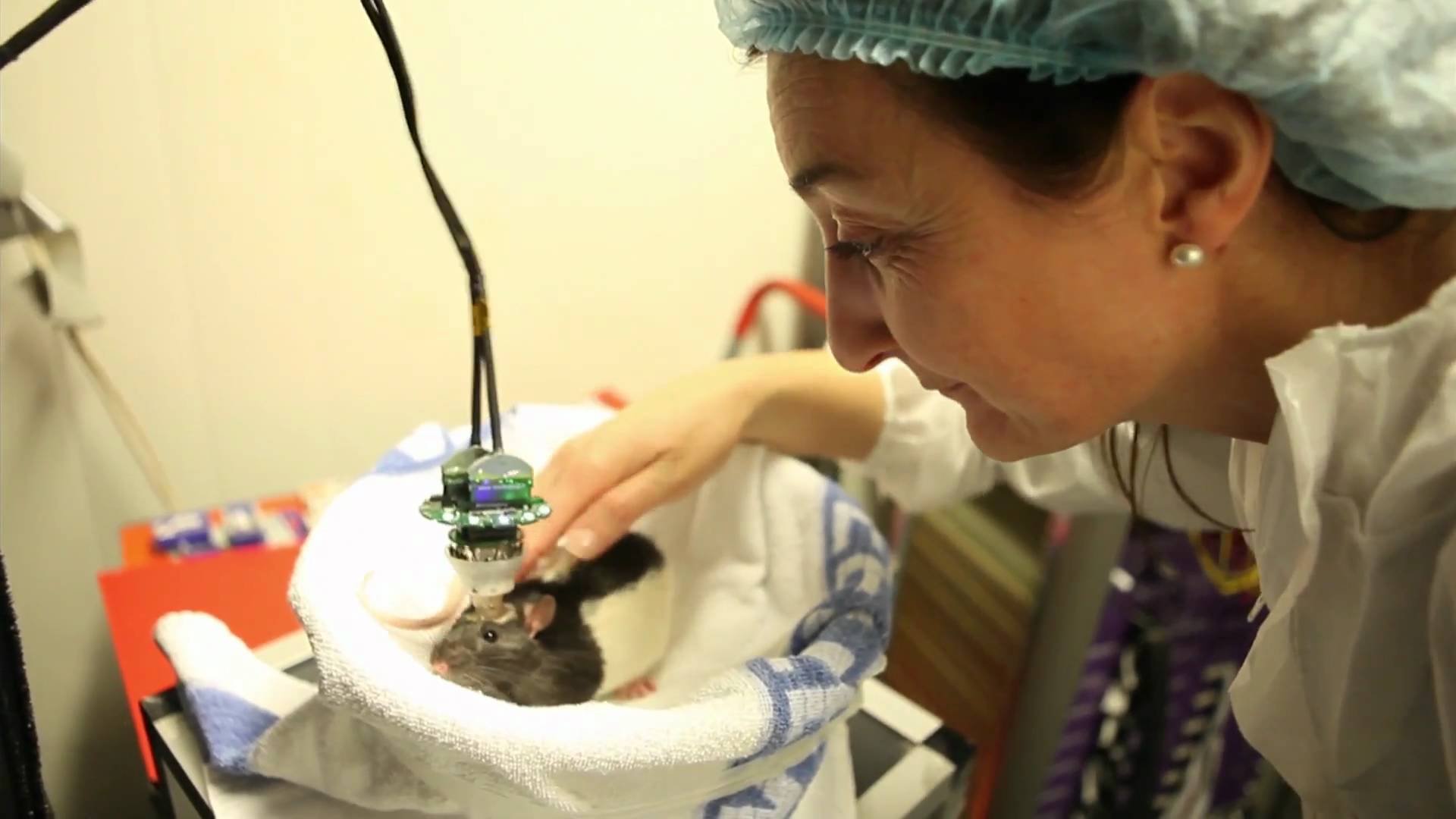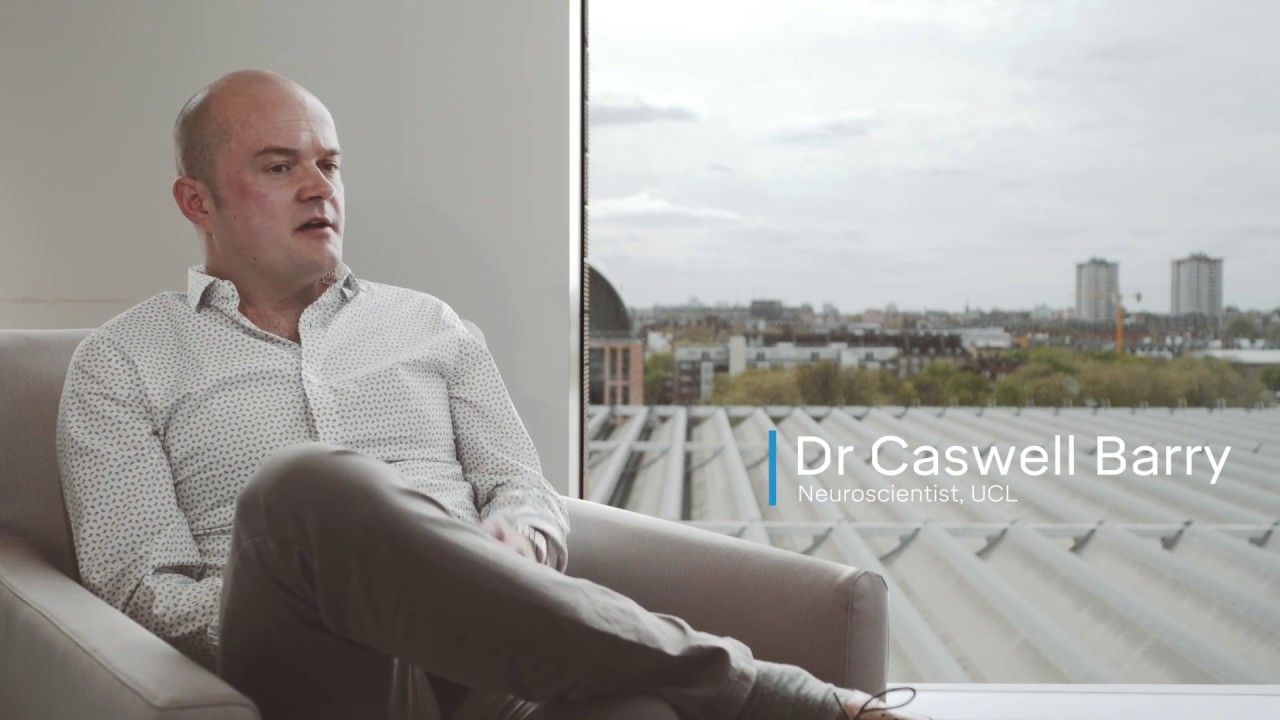A new article out by Vicki Larson at the Marin Independent Journal that explores some #transhumanism.
I visited my parents’ grave on Mother’s Day, as I have every year since my mom died in 2010. I’ll be back on the 23rd, the fifth anniversary of my dad’s death.
I was fortunate to be able to tell them how much I loved them and appreciated everything they did for me before they died, so there are no regrets, nothing left unsaid. I miss them. A lot. But would I want to bring them back to life?
They’d no doubt be delighted to see the wonderful young men their only grandchildren have become. And I think they’d be pretty happy to know that I actually did get around to writing a book as I promised them I would as a teen, when I begged them to let me travel cross-country with friends to gather “research” for my Great American Novel instead of spending the summer working.
